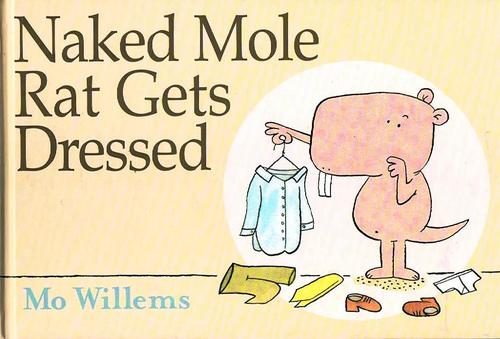Swamp Angel Book Review

Bibliography:
Isaacs, Anne, Paul O. Zelinsky, and Sarah Reynolds. Swamp Angel. New York: Dutton Children's Books, 1994.
Plot:
In the year 1815, a special girl named Angelica Longrider was born in the land of Tennessee.
Angelica is a larger-than-life girl who stops a flood with her apron, pulls clouds down from the sky, and frees wagons from Dejection Swamp. Thereafter named “Swamp Angel”, her biggest challenge awaits her one summer when a huge bear, Thundering Tarnation, devours all the settler's food and wreaks havoc in the land. Determined to hunt and kill the vicious beast, Swamp Angel embarks on a wrestling match through land, water, and even the night sky to save the settlers.
Critical Analysis:
Swamp Angel is a story with a lovable character who is both believable and unbelievable at the same time. Readers will invest in Angelica’s good hearted nature, and Thundering Tarnation’s wily villain behavior. The wrestling match is carefully written to give the readers the apprehension and excitement of who will be victorious; nothing is given away to the end. Traveling through the storyline are pieces of folklore and placemarks, such as the Great Smoky Mountains and Shortgrass Prairie. Readers will be pleased as punch to listen to the language of the story, including phrases such as “varmint”, “spring up like sunflowers” and “wondrous heap of trouble”. The book is a terrific read-aloud, as traditional literature should be.
Perhaps most intriguing and delightful about the book are the illustrations. Zelinsky outdoes himself with the vision of both Angelica and Thundering Tarnation. Complimenting the tall tale ideals of the text, the illustrations show the grandeur of the Tenessee frontier and the vastness of the characters. Double paged illustrations are framed in wood, bringing an old time feel to the pictures, as if the reader is paging through a picture album. Angel’s jovial determinism and Tarnation’s gruffness are expressions that grow with each page, making the reader cheer for Angelica and wish the best for her outcome.
Personal Response:
Laughing my way through this rip-roaring tale, I found myself marveling over the exaggeration and enjoying the beautiful illustrations. Swamp Angel is a tall tale with heart; the main character is seen constantly helping others with her unique gift. Throughout the story, her parents are seen in the illustrations, perhaps to help encourage her in her endeavors. Thundering Tarnation is a villian who fits with the setting, and is buoyant in his recovery from Angel's various moves against him. The language is endearing and helped pull me into the story and the time and place of the tale.
Excerpts of reviews:
“Zelinsky's detailed oil paintings in folk-art style are exquisite, framed in cherry, maple, and birch wood grains. They are also hilarious, making brilliant use of perspective to extend the mischief and the droll understatement.”
Booklist
“The pictures and words cavort across the page in perfect synchronization, revealing the heroine's feisty solution. Buy for a great guffaw in small groups or one-on-one. It's an American classic in the making.”
School Library Journal
“It is Ms. Isaacs's dry, tongue-in-cheek style, moving us from possibility to impossibility, matched by the stunning primitive and burlesque-style oil paintings done on wood veneers by Paul O. Zelinsky, that makes this book one of the most intriguing and hilarious tall tales to be published in recent years...”
New York Times
Connections:
-Look up the geographical regions and areas mentioned in the book. Have children research the areas and create powerpoint presentations.
-Share other stories of tall tale characters who were huge. Such as:
Dona Flor: A Tall Tale About a Giant Woman with a Great Big Heart by Pat Mora
Paul Bunyan by Steven Kellogg
-Make connections with real life people who had tales of bear hunting, such as Theodore Roosevelt or Davy Crockett. Suggested literature includes:
Theodore Roosevelt : Bear of a President by Nathan Olson
American Tall Tales by Mary Pope Osborne
-Read other stories by Anne Isaacs, such as:
Dust Devil
Treehouse Tales
Meanwhile, Back at the Ranch

